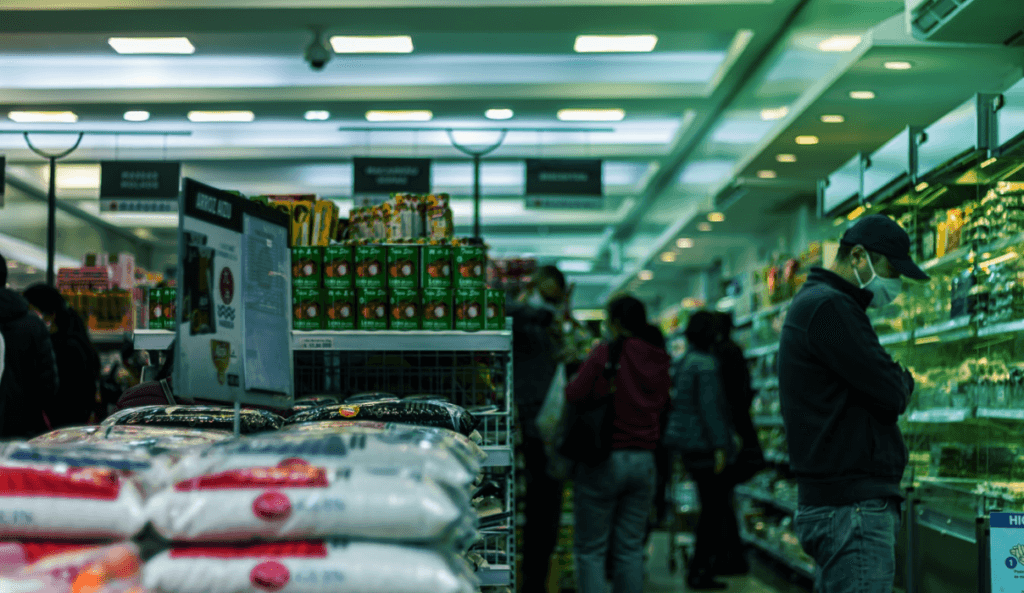Digital twins can simply be utilised for monitoring purposes. Through the use of sensors, the digital twin can mimic the system in real-time, providing a clear indication of current system performance.
Taking this a step further, the digital twin can be provided with user-generated data for prototyping and scenario testing, allowing organisations to determine the optimal configuration for system operation.
Digital twins can also be utilised alongside machine learning algorithms which can allow us to predict future performance, or predict when maintenance to a system is required.
What benefits do they bring to different industries?
By adopting a digital replica of systems and assets, organisations are provided with greater knowledge and understanding of how systems operate, not only in real-time but also over a full system or product life cycle due to modelling and scenario testing capabilities. Organisations have the ability to test and model schedules, systems and workflows which can provide the greatest value to their organisation.
Digital twins have been adopted in numerous industries, including manufacturing, retail, finance, healthcare, and construction. The adoption of a digital replica of a system or asset can provide multiple benefits, dependent upon its use.
Manufacturing
Digital twins in manufacturing and production-based environments can provide massive cost and energy savings. Boeing has adopted the technology to simulate how an aircraft will perform over its lifecycle and has reported a 40% improvement rate in the quality of parts through its adoption [1].
Not only can digital twins be used for lifecycle modelling, but they are also key in predictive maintenance (process of identifying issues before they occur and performing work on an asset as and when it is needed), allowing for a reduction in equipment downtime and improving efficiency, yield, and profits.
Digital twins can also reap massive cost savings in testing the limits of a material or system. For example, by simulating fatigue or corrosion tests: tests can be run as many times as needed without considering waste material or damage to countless assets.
Renewable Energy
As we all aim to adopt more renewable energy to meet our demands, by adopting digital twins of systems such as wind turbines or solar panels, we can help to improve their efficiency.
By modelling a wind turbine, we can determine the impacts of different wind speeds and wind farm configurations which can provide the greatest energy production whilst minimising damage to the turbines during high wind speeds. Such testing can provide a lower cost option of turbine optimisation and operation than testing out in the field.
Likewise, the life of solar panels can be extended by digital twin modelling of lifecycles, system monitoring and abnormality detection.

Retail
Digital twins of supply chains can be used to link up warehouses, delivery vehicles, customers, and products to provide a holistic view of a supply chains performance. Stock can be monitored and optimised based on customer preferences and demand, allowing for a reduction in waste and optimised warehouse positioning. Likewise, modelling a full supply chain can allow organisations to identify possible bottlenecks. What-if scenarios can be tested for product placement or delivery schedules to identify the solution delivering the highest value and efficiency. According to Boston Consulting Group, the adoption of digital twin technology has saved retails 10% of CAPEX costs through better resource planning and investment decisions [2].
Digital twins were key in the COVID-19 pandemic, where new regulations meant queues had to be managed efficiently and safely, with crowd sizes and customer behaviour monitored. Digital twins allowed for scenario testing of different crowd sizes and queuing systems to ensure a solution was adopted which could keep everyone safe.

Healthcare
Digital twins have helped to accelerate medical research by prototyping medical devices and the impact of drugs on patients. Digital twins of a human body can be built that display certain health conditions and characteristics, allowing the design of medical devices to be tested in a safe environment. Similar to queue modelling in retail, digital twins can be used to forecast people flows and hospital demand, allowing for optimised clinic scheduling and bed allocation.
Construction
In the construction industry, being able to determine a buildings carbon footprint or energy demand before any bricks are laid can lead the way in designing net-zero buildings. A prospective building can be simulated along with its occupants to determine a route to the most efficient construction.
Likewise, digital twins of individual systems such as lighting or HVAC can allow engineers to install the most appropriate systems, and only where it’s needed.
Overall, digital twins can be adopted in numerous industries, providing a magnitude of benefits. Although differing in application, the overarching aim is the same- better decision making, improved knowledge around a system, reduction in waste and improved efficiency. This can provide huge energy and cost savings for organisations that take the time to understand and act on the power that a digital twin can provide.
One of the first steps to adopting the technology is ensuring good quality and consistent data, which can be integrated into the digital twin platform.
For more information about how you can set up a data solution fit for driving a digital twin, and use this data to drive efficiency and energy savings, contact hello@harksys.com.
[1]- https://www.aviationtoday.com/2018/09/14/boeing-ceo-talks-digital-twin-era-aviation/
[2] – https://www.bcg.com/capabilities/operations/conquering-complexity-supply-chains-digital-twins



